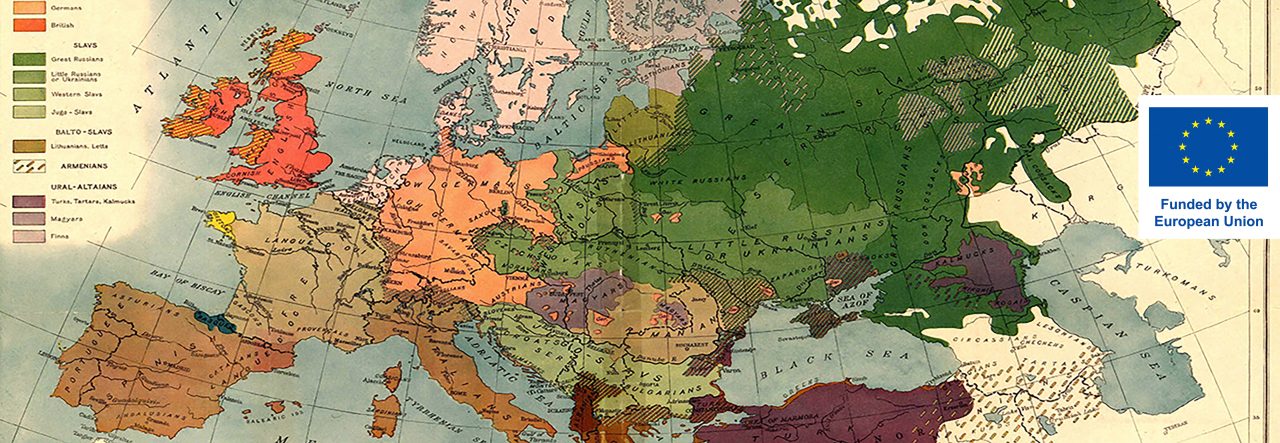The converging and diverging trajectories of Joan Estelrich and Josip Vilfan discussed at a Conference in Santiago de Compostela

On 9-10 June 2022, the research project La España global: identitades españolas en prospectiva transnacional organised a workshop at the University of Santiago de Compostela to discuss transnational historical research involving Spanish actors, identities and processes. The event allowed presenting results from the Myth of Homogeneity project about the transnational activities of minority representatives in interwar Europe. More specifically, Emmanuel examined the converging and diverging trajectories of the Catalan-Spanish nationalist leader Joan Estelrich and the Slovenian-Italian minority representative Josip Vilfan, both prominent members of the interwar Congress of European Nationalities, as a prism to reflect upon the entanglements between the study of minorities and transnational history.
At the core of the concept of transnationalism there is an idea of border crossing. More often than not, the border that is being crossed is that of the nation-state. Emmanuel’s presentation did engage with cross-border activities that challenged state jurisdictions, but also tried to extend the notion of transnationalism to the trespassing of regional and identity boundaries. Coming from countries beyond the remit of the minority protection system of the League of Nations and acting, for a considerable part of their lives, within repressive authoritarian regimes, Estelrich and Vifan eagerly engaged in transnational minority networks as a way to promote an internationalisation and reinforcement of interwar minority protection. In many ways, their story is one of successful collaboration. Yet, from the mid-1930s, their trajectories diverged considerably. While Vilfan remained a staunch supporter of transnational cooperation and of the work of the CEN, Estelrich drifted towards domestic engagement within the institutions of the Spanish Republic first, and transnational activity on Franco’s side later. However, despite their apparent glaring differences, both Estelrich and Vilfan had to confront similar painful dilemmas of collaboration and betrayal generated by their minority advocacy that forced them not only to cross state borders, but also to redefine the boundaries of their reference communities and severe previous bonds of loyalty.
Beyond the relevance of Estelrich’s and Vilfan’s transnational trajectories for the history of minority-majority relations in interwar Europe, the paper proposed two broader reflections on the nature of transnational history and the state of the current historiography that centred on questioning both the trans and the national in transnational. To be begin with the national, most of the historiography focuses on the national as the nation-state. Yet any scholar familiar with the nationalism studies literature knows that the nation and the nation-state never coincide. This is all the more glaring when it comes to minority populations who do not identify with the state they live in. Hence, the presentation proposed considering the everyday life of people identifying as national minorities within their state of citizenship as a transnational experience in and for itself, even if this everyday experience does not involve crossing the border of any nation-state. Concerning the trans, the paper explored, although still in very tentative form, the possibility that the crossing activity implied in this term might actually occur in the mind of historical actors, rather than in their physical whereabouts. In other words, examining the many identification dilemmas, twists and turns in Estelrich’s and Vilfan’s lives, the paper proposed to explore the concept of transnational interior processes. Stay tuned for future updates.
